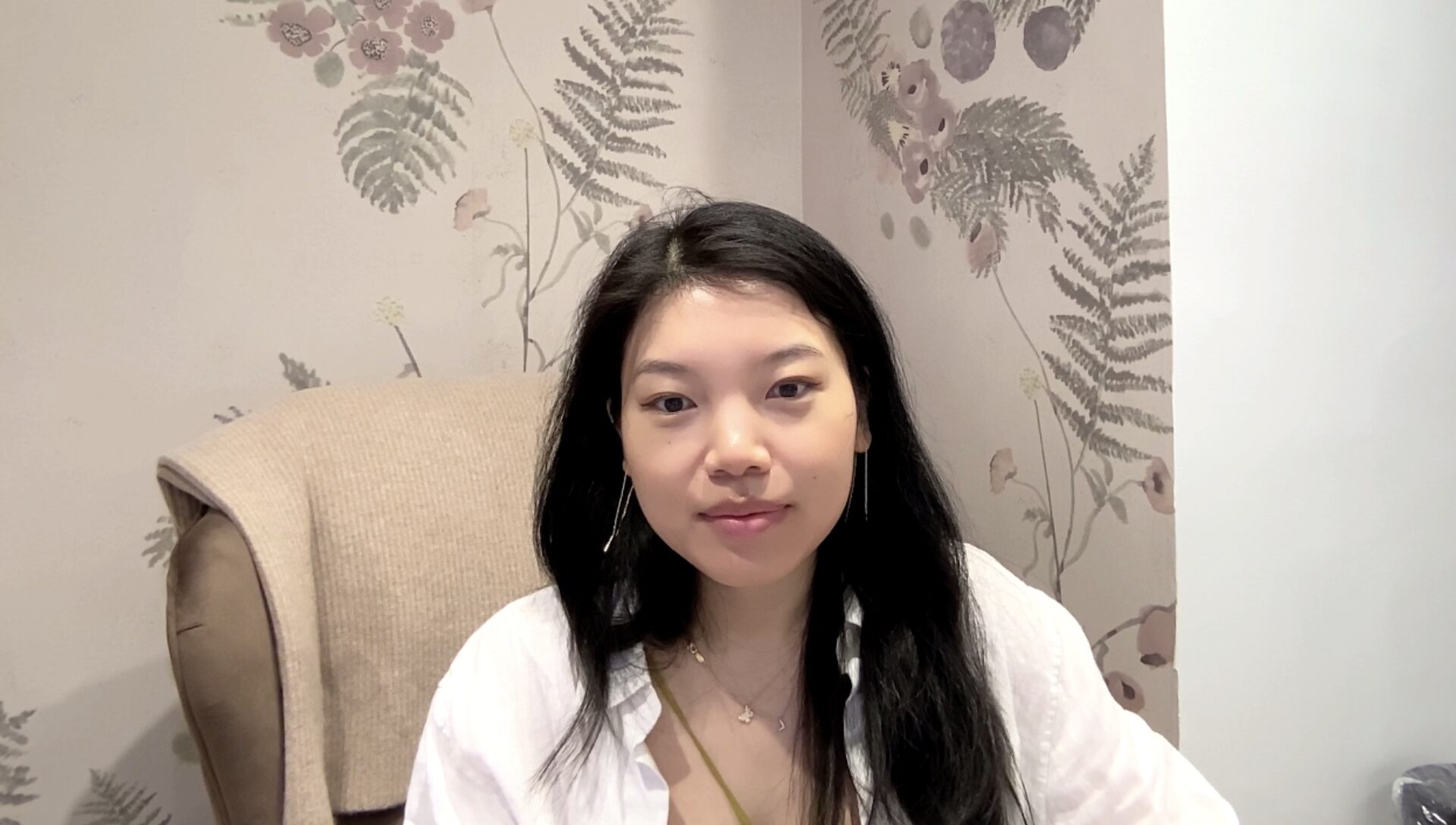Li Jin
What Is the Future of NFT Marketplaces?
Originally published on Twitter on March 1, 2022
What does the future hold for NFT marketplaces?
Today, we are in the “eBay era,” with the largest NFT marketplaces aggregating everything into grids of products, focused on transactions.
But in the future, the best NFT marketplaces may not even look like marketplaces at all.
Consider the progression of marketplaces on the internet: historically, the 1st generation of marketplaces added a ton of value just by aggregating any and all supply and demand. Think Craigslist, eBay, etc.
The onus is on users to vet and find what they want to buy.
For NFTs, we are still in the 1.0 era of marketplaces, where users have to figure out what they want to buy, go to a marketplace, type the product into a search bar, and then transact.
Over the years, marketplaces evolved to deliver more seamless experiences, and the same will happen to NFTs.
Vertical-specific features and signals will help users find the right product, and marketplaces can even learn from users’ behavior to determine what to surface.
Sometimes, these platforms can be wrapped into a compelling user experience so they don’t even feel like marketplaces at all.
For example: Instagram, AirBnB, Etsy, Pinduoduo (social shopping app in China with a $256b GMV).
Discovery and transaction exist in one experience.
As the range of products expands and NFTs eat all of digital media — from digital fashion to metaverse land to game assets — there becomes a need for verticalized experiences, better discovery, and marketplaces that connect the dots for users.
Instead of users sifting through everything available, future NFT marketplaces will inspire and guide users to buy, even learning from their past on- and off-chain activity to ascertain what to surface.
What are some projects to watch that represent the future of how NFTs are discovered and collected? Here are a few:
Each of these are building new social experiences, various models for curation, and features that are vertical-specific.
Check out this article I wrote a few years ago about the progression of various marketplace models.
Who else is pushing the boundaries of what NFT marketplaces can look like, and should be added to this list? If you’re building in this space, I’d love to talk! My DMs are always open.
**
Originally published on Twitter on March 1, 2022
